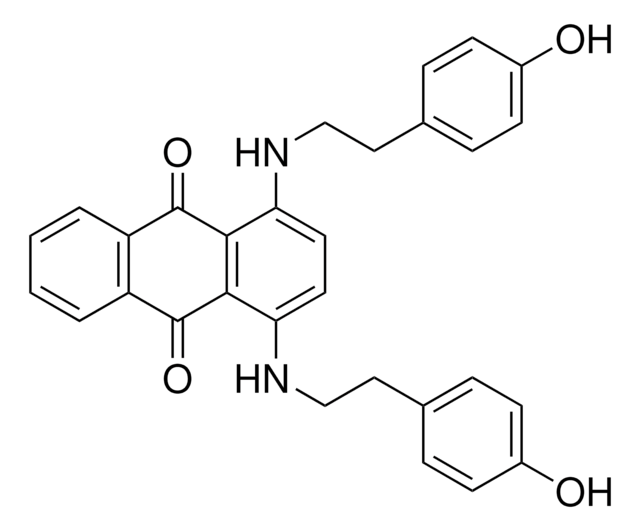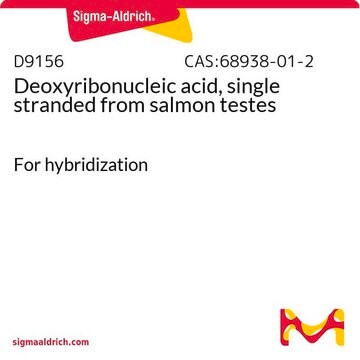L6883
Lithium acetate dihydrate
reagent grade
Sinónimos:
Acetic acid lithium salt
About This Item
Productos recomendados
grade
reagent grade
form
solid
composition
Lithium acetate, ≥63%
pH
≤9.5 (5% in solution)
mp
53-56 °C (lit.)
anion traces
chloride (Cl-): ≤0.003%
sulfate (SO42-): ≤100 ppm
cation traces
Fe: ≤20 ppm
Na: ≤50 ppm
SMILES string
[Li+].[H]O[H].[H]O[H].CC([O-])=O
InChI
1S/C2H4O2.Li.2H2O/c1-2(3)4;;;/h1H3,(H,3,4);;2*1H2/q;+1;;/p-1
InChI key
IAQLJCYTGRMXMA-UHFFFAOYSA-M
¿Está buscando productos similares? Visita Guía de comparación de productos
Categorías relacionadas
General description
Application
- Carbon-modified nanocrystalline LiFePO4 (LiFePO4/C) via sol-gel method using ferrous sulfate, phosphoric acid, citric acid, and polyethylene glycol.
- Lithium-graphite nanotubes (LGN) by chemical vapor deposition (CVD) method in the presence of copper with methane as the carbon source.
- Conductive polycrystalline solid-state electrolyte (Li4B7O12Cl) by reacting with boric acid and copper(II) chloride dihydrate in trihexyltetradecylphosphonium chloride via an ionothermal method.
It can also be used as a catalyst in the enantioselective synthesis of functionalized 1,3-thiazin-4-ones via N-heterocyclic carbene (NHC)-catalyzed [3 + 3] annulation of thioamides.
Storage Class
11 - Combustible Solids
wgk_germany
WGK 1
flash_point_f
Not applicable
flash_point_c
Not applicable
Certificados de análisis (COA)
Busque Certificados de análisis (COA) introduciendo el número de lote del producto. Los números de lote se encuentran en la etiqueta del producto después de las palabras «Lot» o «Batch»
¿Ya tiene este producto?
Encuentre la documentación para los productos que ha comprado recientemente en la Biblioteca de documentos.
Los clientes también vieron
Nuestro equipo de científicos tiene experiencia en todas las áreas de investigación: Ciencias de la vida, Ciencia de los materiales, Síntesis química, Cromatografía, Analítica y muchas otras.
Póngase en contacto con el Servicio técnico







